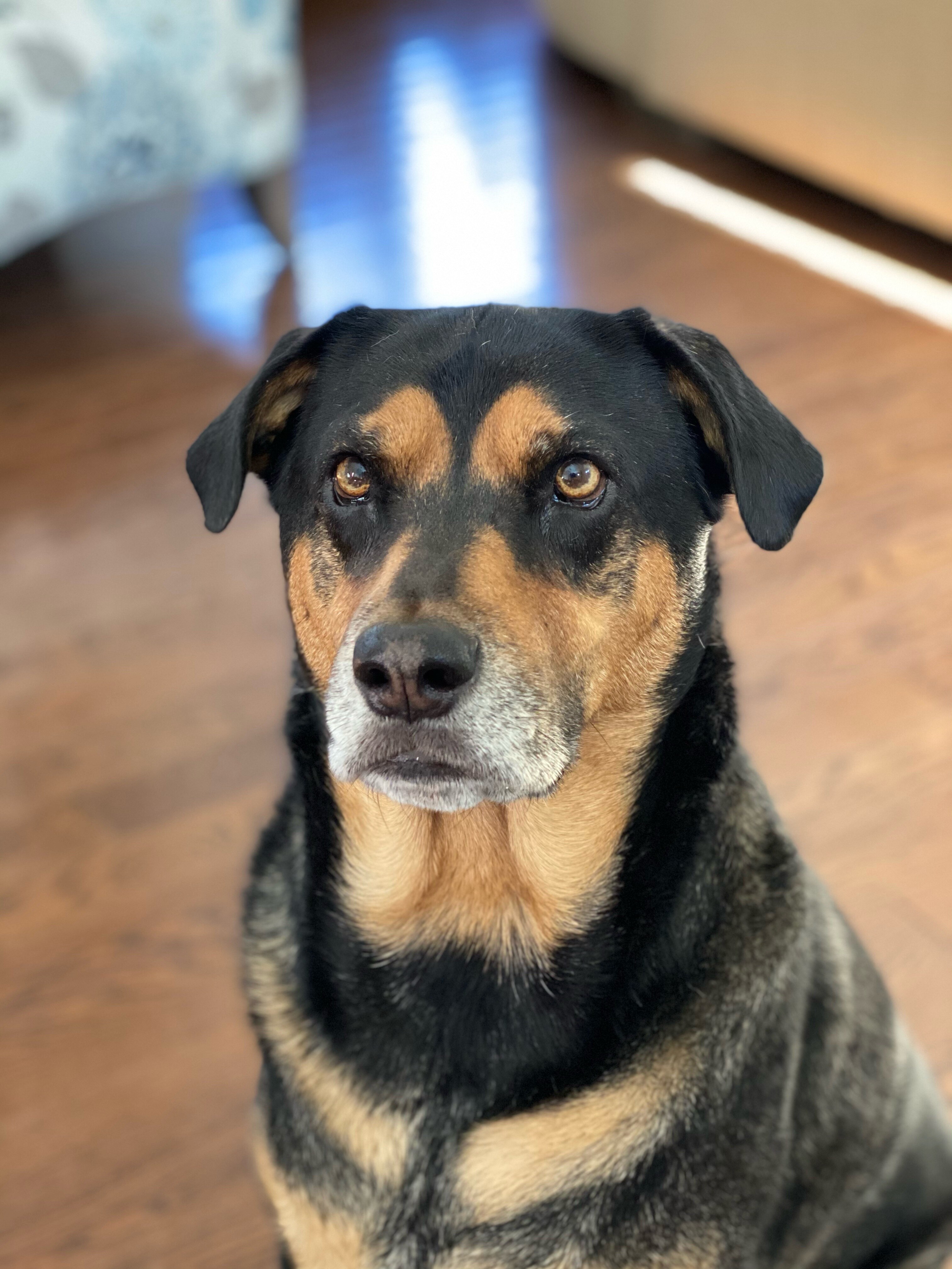How to Keep Your Dog Safe and Happy After Moving

Our dogs are family. Caring and protecting them can be a 24-hour responsibility. When moving homes, new dangers and worries are likely to develop. Here are some steps to take to both ease your dog's transition to his new home and ensure that his environment gives him the security he needs.
Look for Inside Dangers
There can be dangers lurking in a new home. This is especially true if the home hasn't yet been dog-proofed. Check each room from the perspective of your pet. Your dog may feel anxious in his new home and may take to chewing, so look out for wiring, strings, and plants. The latter can be especially dangerous because some are poisonous. Spraying bitter apple or using tape can discourage chewing.
Look out for hooks and holes and obstruct access to them. It may be prudent to install safety locks and place gates to limit your pup's access to areas that could be harmful to them. The chaos of unpacking may also lead to items like medication, chemicals, and food being visibly left out. Clothing and shoes are other dangers which may be more accessible after the initial move. Even if your dog is acting subdued, it's still important to keep all these things out of his reach.
Dog-Proof Your Exterior
After going through your house, check the outside. This will be a focal point for your dog, and it may contain dangers that didn't exist in your previous home. If there isn't any already, install fencing to give your fur-friend a good deal of outdoor security. It costs an average of $2,729 to install or build a fence, and it can prevent your dog from running off or being in danger. Just like indoors, examine the yard from the perspective of your dog. Look for pointed objects like exposed nails and glass fragments, as well as drainpipes. Some plants may represent a threat, so establish which are dangerous and consider fencing them off or removing them. Choose an area of your yard for your chemicals and other hazards and place them inside containers that aren't easily accessible.
Create a Safe Zone
Designating a room or area for your dog can help lessen the strain on him. This safe space can act as a refuge for your dog, away from the noise and confusion that may occur as you unpack. If necessary, crate train as this can protect against anxiety. Fill the area with his favorite things, such as toys and blankets. Don't wash these items, as the smells may prove comforting and be a gentle reminder that this is his home. Familiar items can ease the transition to alien surroundings. Adding puzzle games and soft sounds, such as those in nature, can further help create a calming, dog-friendly ambience. Encourage your dog to settle into this location by playing and feeding him there.
Give Your Dog Time
Watching your dog fret or show anxiety can be upsetting, especially as his transition will take time. Your pet will be adjusting to new sounds, smells, and sights, so be patient as he acclimates. Consider taking a few days off work, if possible, to provide a continued presence to comfort your dog.
Be vigilant for evidence of anxiety or stress, such as whimpering or a loss of appetite. It can take days for him to recover his cravings after a move, but consider offering him meats like chicken. If even that's refused, take him to a veterinarian, who may prescribe medication to treat any distress. Moving can cause a lot of chaos, but try to stick to your dog's routine. Dogs flourish through stable, predictable patterns, and being fed and walked at the times they're used to can help them both de-stress and settle down. Apply this same mindset as well to playtime and sleeping.
It will hard watching your dog transition. You may feel helpless at times, but rest assured that your dog will adapt. By making modifications to your home and creating a secure environment, you will be directly helping your pet stay safe. This will hopefully prove key in helping him settle into his new home.
Image Courtesy of Pixabay